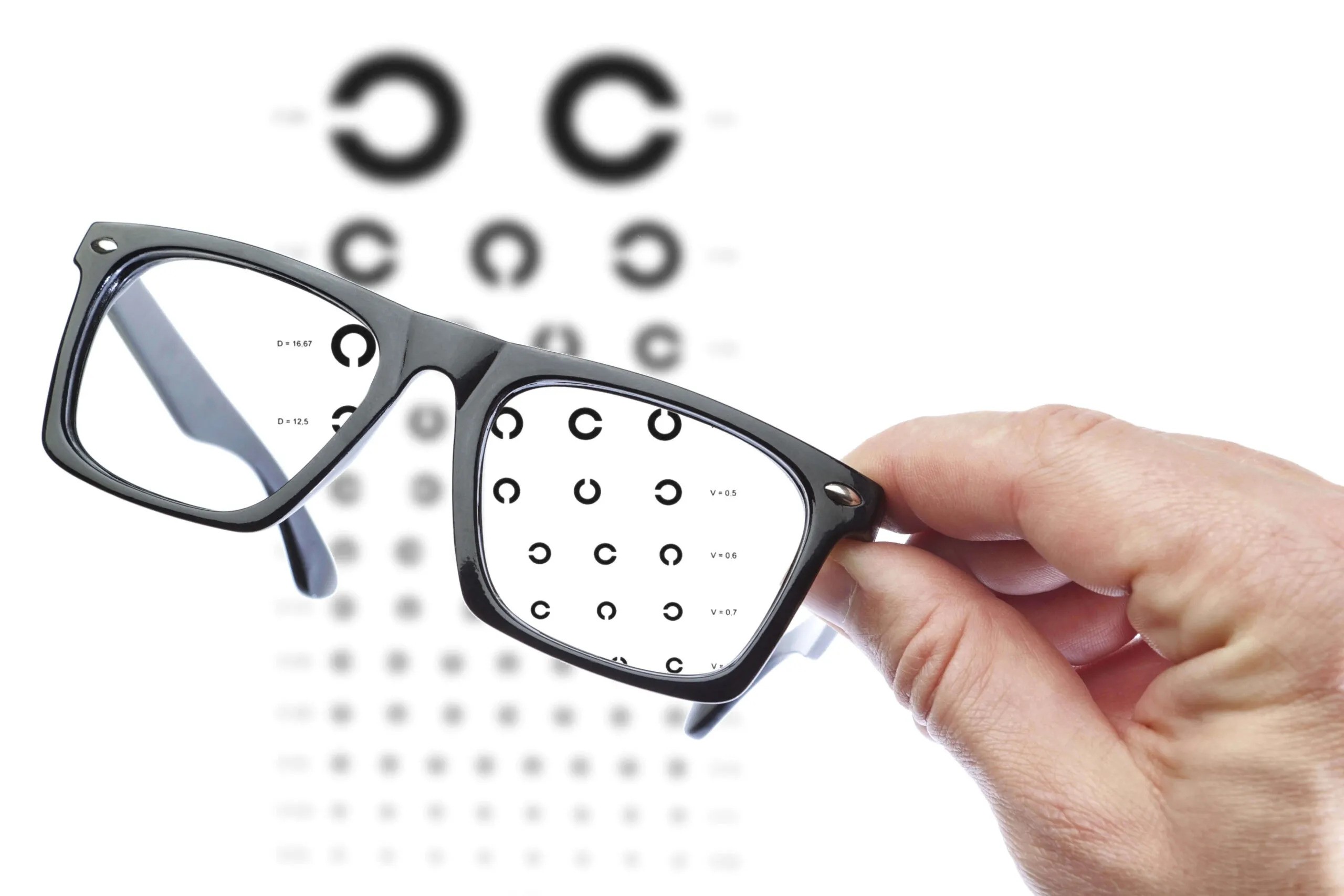Home>Articles>Which Of The Following Is Not An Optical Storage Device


Articles
Which Of The Following Is Not An Optical Storage Device
Modified: January 21, 2024
Discover the answer to the question "Which of the following is not an optical storage device?" Explore various types of data storage devices and their functionalities.
(Many of the links in this article redirect to a specific reviewed product. Your purchase of these products through affiliate links helps to generate commission for Storables.com, at no extra cost. Learn more)
Introduction
Welcome to this informative article which aims to explore the world of optical storage devices. In an era where data storage requirements are constantly increasing, it is crucial to understand the different options available. Optical storage devices have played a significant role in the evolution of data storage, offering a reliable and long-lasting solution for various applications.
Optical storage devices use laser technology to read and write data onto discs. These discs are made of a material that can be optically altered to represent digital information. The data is encoded as microscopic pits on the surface of the disc, and the laser beam is used to read and interpret these pits.
Throughout this article, we will delve into the various types of optical storage devices, their uses, and their advantages. Additionally, we will discuss one particular optical storage device that stands out from the rest, providing advanced features and capabilities.
So, join us on this exploratory journey as we uncover the world of optical storage devices and discover which option may best suit your needs.
Key Takeaways:
- Optical storage devices, including CDs, DVDs, and Blu-ray Discs, offer reliable and durable solutions for data storage, catering to various needs such as entertainment, archiving, and software distribution.
- The Blu-ray Disc stands out with its high storage capacity, fast data transfer rates, 4K Ultra HD support, and backward compatibility, making it a popular choice for high-quality media consumption and long-term archival purposes.
Optical Storage Devices
Optical storage devices have been widely adopted for their durability, longevity, and large storage capacities. Let’s take a closer look at some of the most notable optical storage devices:
- CD (Compact Disc): CD is one of the earliest forms of optical storage devices. These discs, typically 120mm in diameter, can store up to 700 MB of data. CDs are commonly used for storing audio files, software applications, and small data backups.
- DVD (Digital Versatile Disc): DVD is an evolution of CDs, offering higher storage capacities. DVDs have a storage capacity ranging from 4.7 GB to 9 GB, making them suitable for storing movies, videos, and larger data files. DVDs are widely used for entertainment purposes and software distribution.
- Blu-ray Disc: Blu-ray Discs, or simply Blu-rays, revolutionized optical storage by introducing a significantly higher storage capacity. A single-layer Blu-ray disc can store up to 25 GB of data, while a dual-layer disc can hold up to 50 GB. Blu-rays are commonly used for high-definition movies, video games, and other large multimedia files.
- HD DVD (High Definition DVD): HD DVD was a competing format to Blu-ray, offering similar storage capacities. However, Blu-ray emerged as the dominant format, leading to the decline of HD DVDs in the market. HD DVDs are now less common but can still be found among certain enthusiasts.
- M-DISC: M-DISC, short for Millenniata Disc, is a unique optical storage solution known for its long-lasting data retention. M-DISCs use a rock-like layer instead of organic dye, making them resistant to degradation caused by external factors such as light, humidity, and heat. These discs are often used for long-term archival purposes.
Each of these optical storage devices has its own advantages and specific use cases. Whether you need to store multimedia files, create backups, or archive data for the long term, there is an optical storage device to meet your requirements.
Now that we have explored the different types of optical storage devices, let’s move on to discuss one particular device that stands out from the rest.
A solid-state drive (SSD) is not an optical storage device. SSDs use flash memory to store data, while optical storage devices use lasers to read and write data on discs.
Notable Optical Storage Devices
Among the various optical storage devices available, one device that deserves special mention is the Blu-ray Disc. Let’s delve into the features and advantages that make it stand out:
Blu-ray Disc: Blu-ray Discs offer a major leap forward in terms of storage capacity and data transfer speed. With a storage capacity of up to 50 GB on a dual-layer disc, Blu-rays are capable of storing high-definition movies, complex software applications, and large multimedia files. This makes them ideal for entertainment purposes, including movie enthusiasts, gamers, and multimedia professionals.
One of the key advantages of Blu-ray is its high data transfer rate. Blu-ray players are equipped with fast read speeds, allowing for quick access to data stored on the disc. This ensures a smooth playback experience for movies and games, reducing buffering times and loading screens.
Additionally, Blu-ray technology supports advanced features such as interactive menus, multiple audio tracks, and subtitles. This enhances the overall viewing experience, providing users with more control and customization options.
Furthermore, Blu-ray Discs are backward compatible with DVD players, allowing users to enjoy their existing DVD collection without the need for separate equipment. This compatibility makes the transition from DVDs to Blu-rays seamless and cost-effective.
Another notable feature of Blu-ray technology is its ability to support 4K Ultra HD content. With the rise of 4K resolution displays, Blu-ray offers a platform to enjoy stunning visuals with exceptional clarity. This is particularly attractive for movie enthusiasts who crave a cinematic experience in the comfort of their own homes.
In addition, Blu-ray Discs are known for their durability and reliability. The scratch-resistant coating on the disc surface helps to protect the data from damage, ensuring the longevity of stored content. This makes Blu-rays a viable archival medium for long-term data storage.
Overall, the Blu-ray Disc has become a popular choice for high-capacity storage and high-quality media consumption. Its advancements in storage capacity, data transfer speed, resolution support, and backward compatibility have solidified its position as a leading optical storage device in the market.
Now that we have discussed the notable features of the Blu-ray Disc, let’s wrap up this article.
Conclusion
In conclusion, optical storage devices have played a significant role in the evolution of data storage, offering reliable, durable, and efficient solutions for various applications. From the earlier CD and DVD formats to the advanced Blu-ray Disc, each optical storage device has its own advantages and specific use cases.
CDs, with their moderate storage capacity, are suitable for storing audio files, small data backups, and software applications. DVDs, with their larger storage capacity, are commonly used for entertainment purposes and software distribution. Blu-ray Discs, with their high storage capacity and advanced features, have become the go-to choice for high-definition movies, video games, and large multimedia files.
One notable optical storage device, the Blu-ray Disc, stands out with its significant storage capacity, fast data transfer rates, backward compatibility, and support for 4K Ultra HD content. Its scratch-resistant coating and long-lasting data retention properties make it an ideal choice for archiving purposes.
As technology continues to advance, optical storage devices are evolving to meet the increasing demands for larger storage capacities and higher data transfer speeds. However, it’s important to note that optical storage devices also have their limitations. With the rise of cloud storage and solid-state drives (SSDs), the usage of optical storage devices may vary based on individual needs and preferences.
In summary, whether you need to store your favorite movies, backup important files, or archive data for the long term, optical storage devices continue to offer a reliable and efficient solution. Consider your storage requirements and choose the optical storage device that best suits your needs.
Frequently Asked Questions about Which Of The Following Is Not An Optical Storage Device
Was this page helpful?
At Storables.com, we guarantee accurate and reliable information. Our content, validated by Expert Board Contributors, is crafted following stringent Editorial Policies. We're committed to providing you with well-researched, expert-backed insights for all your informational needs.
















0 thoughts on “Which Of The Following Is Not An Optical Storage Device”